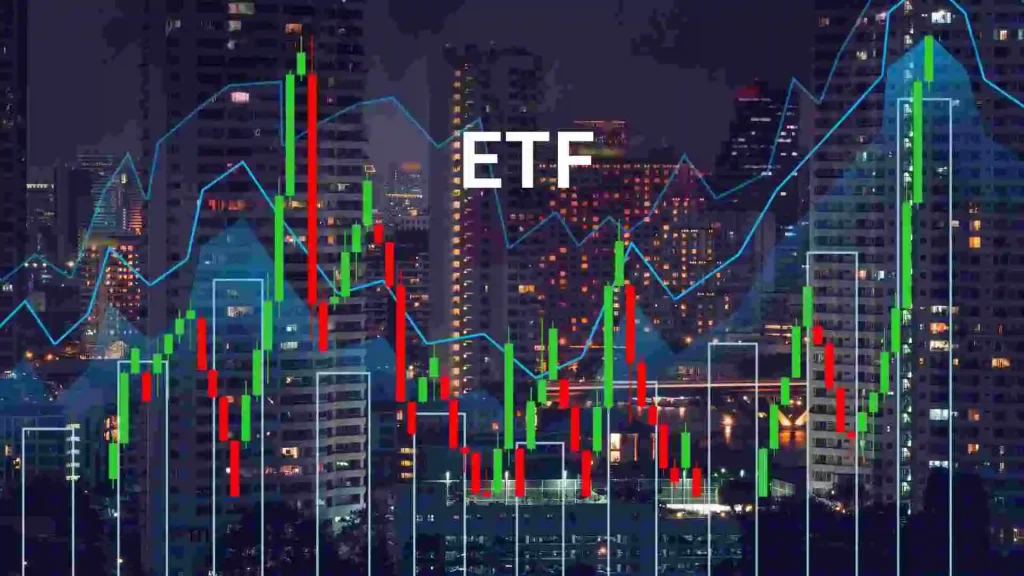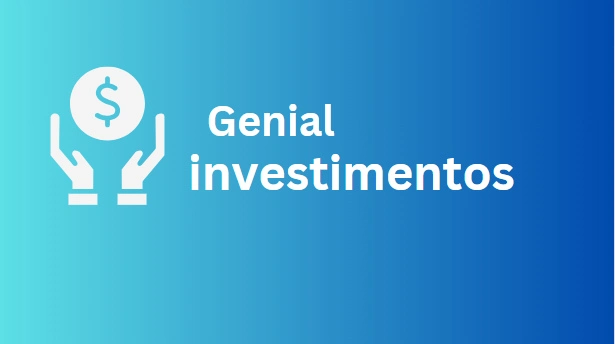When it comes to investing, investors usually consider to invest in ETFs and Mutual Funds. These are two popular options that many investors consider. Both ETFs and Mutual Funds pool money from multiple investors to purchase a diversified portfolio of assets such as stocks, bonds, commodities, or a combination of these. ETFs are traded on stock exchanges similar to individual stocks, while Mutual Funds are not traded on exchanges but are bought or sold at the end of the trading day at their Net Asset Value (NAV).

Definition and Structure of ETFs
A common misconception is that ETFs are stocks; however, they are investment funds that are traded on stock exchanges. They are designed to track the performance of a specific index, commodity, bond, or basket of assets. ETF shares can be bought and sold throughout the trading day, unlike mutual funds which are transacted at the end of the trading day.
Overview of Mutual Funds
Mutual Funds, on the other hand, are actively managed funds overseen by a fund manager who makes decisions on buying and selling assets within the fund. Unlike ETFs, Mutual Funds can invest in various asset classes and securities managed by a team of professionals with the goal of outperforming the market index.
Key Differences Between ETFs and Mutual Funds
One of the key differences between ETFs and Mutual Funds is that ETFs are passively managed and aim to replicate the performance of an underlying index, while Mutual Funds are actively managed in an attempt to beat the market. Additionally, ETFs provide intraday trading flexibility and transparency in holdings as they disclose their portfolio daily, unlike Mutual Funds.
Types of ETFs Available
Exchange-Traded Funds (ETFs) offer various options for investors looking to diversify their portfolios. Understanding the different types of ETFs available can help investors make informed decisions based on their investment goals and risk tolerance.

Index ETFs vs. Stock ETFs
Index ETFs track a specific market index, such as the S&P 500, aiming to replicate its performance. These ETFs provide investors with broad market exposure and encourage them to invest in ETFs as they are passively managed . On the other hand, stock ETFs focus on investing in individual stocks, offering investors the opportunity to target specific companies or sectors.
Gold ETFs and Other Commodity ETFs
Gold ETFs allow investors to gain exposure to the price of gold without physically owning the precious metal. Commodity ETFs, on the other hand, track the prices of various commodities like oil, agriculture, or precious metals, providing diversification benefits to investment portfolios.
Understanding Sector ETFs
Sector ETFs concentrate on specific industry sectors like technology, healthcare, or energy. Investors can target sectors they believe will outperform the broader market or hedge against sector-specific risks. These ETFs provide a way to capitalize on sector trends and opportunities within the market for investors to invest in ETFs.
Benefits of Investing in ETFs

Liquidity and Transparency
One of the key advantage to invest in ETFs is the liquidity they offer to investors. When investors invest in ETFs they can be bought and sold throughout the trading day on stock exchanges, providing flexibility for investors who want to adjust their positions quickly in response to market changes. This liquidity also means that ETF prices are transparent and reflect real-time market dynamics, unlike Mutual Funds which are only transacted at the end of the trading day at their Net Asset Value (NAV). Knowing the current price of an ETF allows investors to make informed decisions about their investments based on up-to-date information.
Diversification and Lower Costs
ETFs are designed to track the performance of a specific index, commodity, bond, or basket of assets, offering investors the opportunity to diversify their portfolios without having to buy individual securities. Investors gain exposure to a wide range of assets in a single trade, spreading risk across different sectors and industries, when they invest in ETFs. Furthermore, ETFs typically have lower expense ratios compared to actively managed Mutual Funds, making them a cost-effective investment option for those looking to minimize fees and maximize returns.
Ability to Trade Throughout the Day
Unlike Mutual Funds which are only priced and traded at the end of the trading day, ETFs can be bought or sold at any time during market hours. This intraday trading flexibility allows investors to react quickly to market events or take advantage of short-term trading opportunities. Additionally, the ability to trade throughout the day provides investors with greater control over their investments, allowing them to manage risk and liquidity more efficiently. This feature makes ETFs an appealing option for active traders and investors who want to execute trades promptly based on market conditions.
How to Invest in ETFs
Exchange-Traded Funds (ETFs) offer investors the opportunity to diversify their portfolios and gain exposure to various asset classes. Understanding the process of investing in ETFs involves several key steps, from opening a brokerage account to selecting the right ETFs for your investment goals and executing buy and sell orders effectively.

Opening a Brokerage Account
Before thinking to invest in ETFs, you need to open a brokerage account with a reputable financial institution or online brokerage platform. A brokerage account allows you to buy and sell securities, including ETFs, through the stock exchange. When choosing a brokerage account, consider factors such as fees, trading platforms, research tools, and customer service to ensure a seamless investment experience.
Selecting the Right ETFs for Your Portfolio
When selecting ETFs for your portfolio, consider your investment objectives, risk tolerance, and time horizon. Research different types of ETFs available, such as index ETFs, sector ETFs, and commodity ETFs, to align your investments with your financial goals. Evaluate the performance, expense ratios, holdings, and investment strategy of each ETF to create a well-diversified portfolio.
Buying and Selling ETFs
Buying and selling ETFs is similar to trading individual stocks on the stock exchange. Once you have selected the right ETFs for your portfolio, place buy or sell orders through your brokerage account. Monitor market conditions, ETF prices, and trading volumes to make informed decisions when buying or selling ETFs. Consider factors such as liquidity, bid-ask spreads, and trading costs to optimize your ETF trading strategy.






